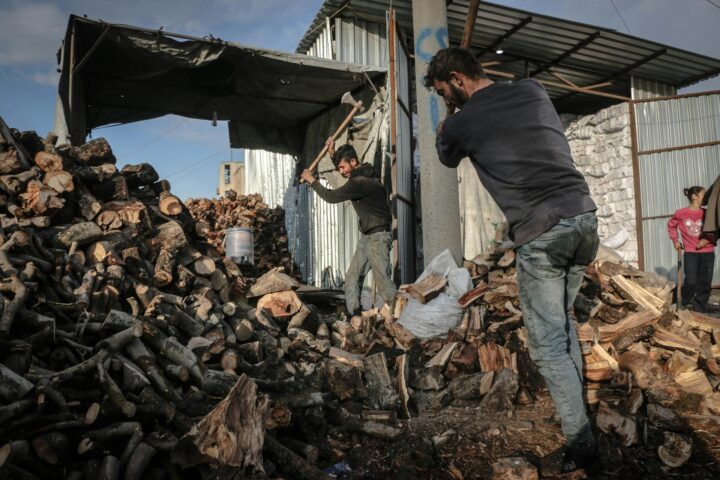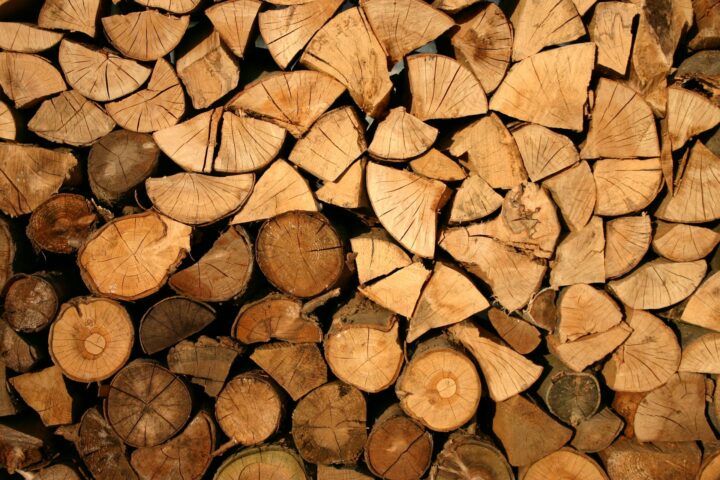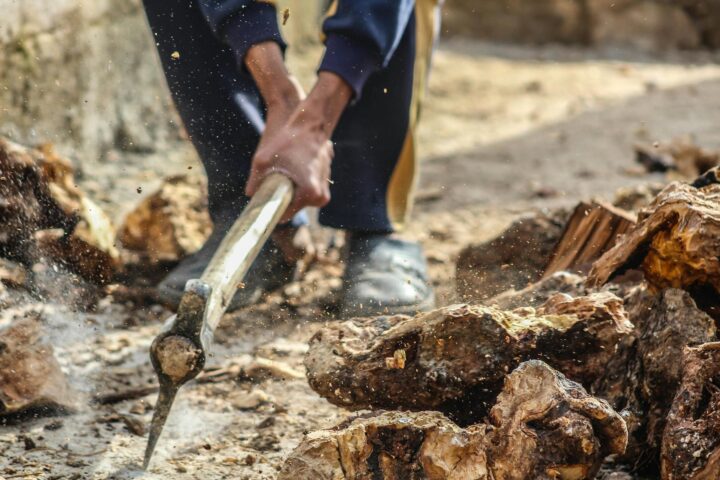-

What Factors Affect Timber Prices?
Timber prices are important for prospective sellers who’d like to know the right price - and time - at which they can fell their trees. We at Green Ridge are often asked by sellers why timber prices fluctuate throughout the year. Our answer always has been that it depends on the interplay of several factors which make it difficult to accurately estimate the price.
The most important of these is the demand and supply of timber in both the North American and international markets. Timber prices are also determined by the quality and size of the tree, species, difficulty in logging, whether the site is easily accessible, and the existing inventory levels at lumber mills.
Supply and demand
As with most resources, the fewer the products, the higher the prices, and vice versa. If there’s unprecedented demand, like during the pandemic-induced boom in housing construction, supply won’t be able to match it. This will lead to price hikes.
Another factor is the beetle infestation that spreads further due to warmer winters, affecting more areas in North America. This reduces supply, further increasing the prices. The third factor is the required manpower in timber mills. If there’s a shortage, production would drop, cutting down the supply.
All these pushed up lumber futures from $358 last April to $1,260 this year on the Chicago Mercantile Exchange. This meant that the cost of constructing an average home went up by around $24,000.
International markets
Some countries depend on imported timber to meet their needs. If there’s a spike in demand with limited supply, the prices will shoot up. For example, Finland and Sweden depend on Latvian timber. Since the demand is high, the prices have also spiked.
While the North American timber prices have risen because of the beetle infestation, a similar plague in Europe is forcing growers to chop down their trees faster. This has increased the European supply which could play a part in reducing timber prices in North America.
Other factors
Species: Timber prices will also depend on the species and where it’s located
Size: As any grower would tell you, larger trees will have more usable area and can command better prices
Quality: If it’s knot-free and large, it’s of better quality. Sweeps or crooks will bring down prices whereas tall, straight trees get higher prices
Scale: The more you’re able to sell in one go, the better your prices will be. That’s because capital-intensive timber operations don’t have to build new roads or construct loading decks every time they have to take the timber from the grower
Accessibility: If the area is easily accessible, you’d be able to get higher prices. If the buyer has to navigate steep slopes and uneven roads, the prices may go down
Once you have a better understanding of what affects timber prices, you can develop a better timeframe for felling and enter into negotiations with more information.




